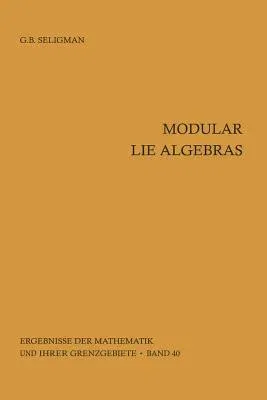Geoge B Seligman
(Author)Modular Lie Algebras (Softcover Reprint of the Original 1st 1967)Paperback - Softcover Reprint of the Original 1st 1967, 12 February 2012

Qty
1
Turbo
Ships in 2 - 3 days
In Stock
Free Delivery
Cash on Delivery
15 Days
Free Returns
Secure Checkout
Part of Series
Ergebnisse Der Mathematik Und Ihrer Grenzgebiete. 2. Folge
Print Length
166 pages
Language
English
Publisher
Springer
Date Published
12 Feb 2012
ISBN-10
3642949878
ISBN-13
9783642949876
Description
Product Details
Author:
Book Edition:
Softcover Reprint of the Original 1st 1967
Book Format:
Paperback
Country of Origin:
NL
Date Published:
12 February 2012
Dimensions:
22.86 x
15.24 x
0.97 cm
ISBN-10:
3642949878
ISBN-13:
9783642949876
Language:
English
Location:
Berlin, Heidelberg
Pages:
166
Publisher:
Weight:
249.48 gm

